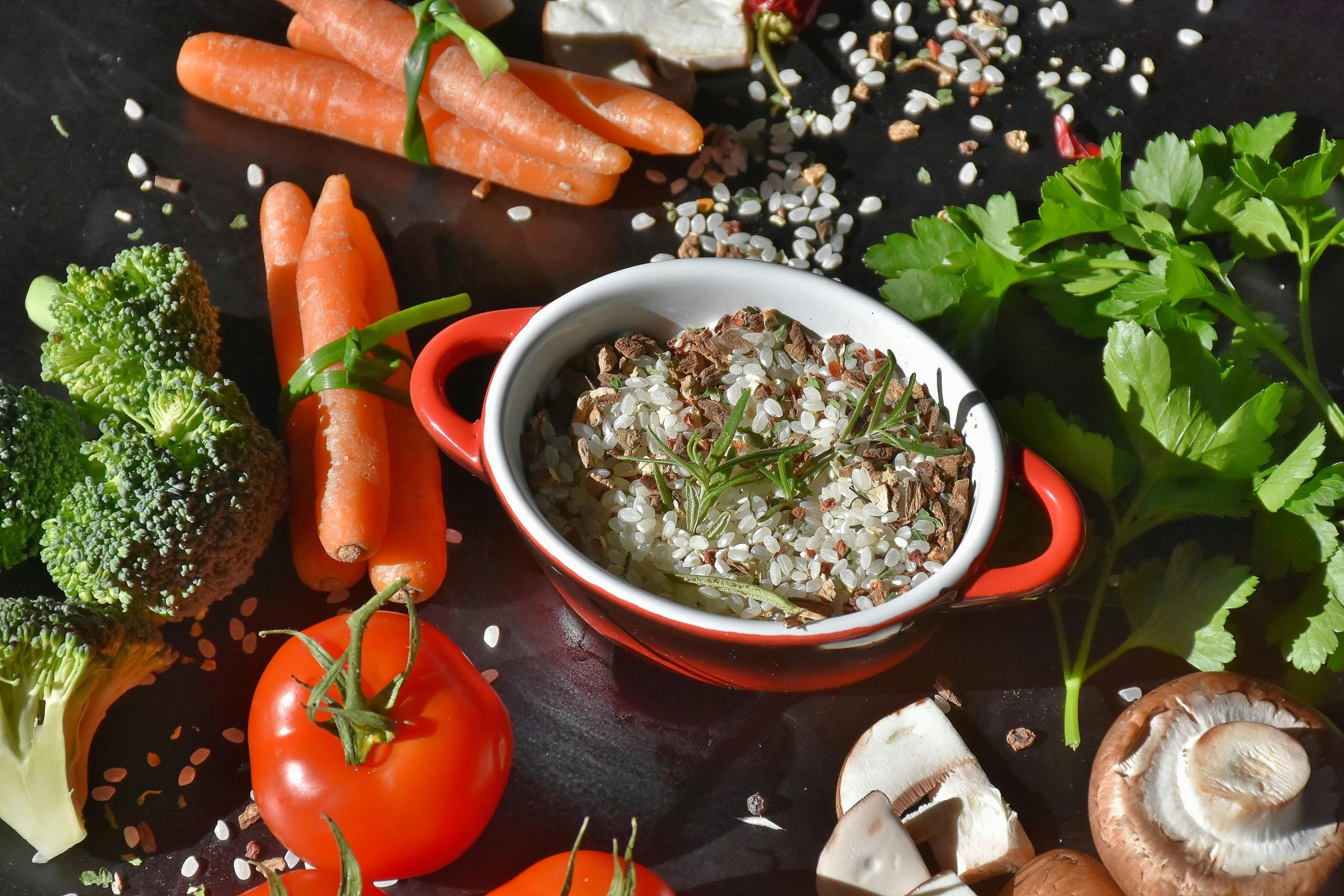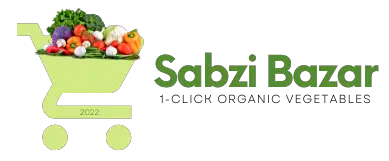Currently Empty: ₨0.00

Meal prepping
Meal prepping has become a popular trend among busy families looking to save time and eat healthier throughout the week. One key strategy that has gained traction in the meal prep world is utilizing frozen foods. Frozen foods are not only convenient but also nutritious, making them a great option for meal prep. In this article, we will explore how to meal prep with frozen foods and provide some tips for busy families looking to streamline their meal planning.
One of the main benefits of using frozen foods in meal prep is their convenience. Frozen fruits and vegetables are often pre-cut and pre-washed, saving you time in the kitchen. Additionally, frozen foods have a longer shelf life than fresh produce, reducing the risk of food waste. This makes them a practical option for busy families who may not have time to shop for fresh ingredients regularly.
Meal prepping with frozen foods
When meal prepping with frozen foods, it’s important to choose items that are nutrient-dense and minimally processed. Look for frozen fruits and vegetables that are free of added sugars, sauces, or preservatives. Avoid heavily processed frozen meals that are high in sodium and unhealthy fats. Instead, opt for whole foods like frozen berries, peas, spinach, and broccoli.
Incorporating frozen proteins like chicken breasts, shrimp, and fish can also be a time-saving option for meal prep. Just be sure to thaw them properly in the refrigerator before cooking to ensure safe consumption. You can marinate and season your proteins in advance to enhance their flavor and save time during the week.
To make meal prepping with frozen foods even more efficient, consider batch cooking. Cook large portions of your favorite frozen meals, such as soups, stews, and casseroles, and portion them out into individual containers for quick and easy meals throughout the week. Label and date your containers to keep track of how long they’ve been in the freezer.
Another tip for meal prepping with frozen foods is to create versatile ingredients that can be used in multiple dishes. For example, you can cook a big batch of quinoa or brown rice and use it as a base for different meals, such as grain bowls, stir-fries, and salads. You can also mix and match frozen fruits and vegetables to create smoothie packs for a quick and nutritious breakfast option.
In conclusion
In conclusion, meal prepping with frozen foods can help busy families save time, reduce food waste, and eat healthier meals throughout the week. By choosing nutrient-dense options, batch cooking, and creating versatile ingredients, you can streamline your meal planning process and make dinnertime a breeze. So next time you’re at the grocery store, stock up on frozen foods and get ready to revolutionize your meal prep routine.
